Today we will read about the data model in this post and what are its benefits.
And at the same time, we will read in detail about types of data models. And also know the advantage and disadvantages of each. So let’s start: –
Post Contents
Data model in DBMS
The data model describes how data are related to each other and how the relationship is between them. The data model also defines how the logical structure of the database is created. The data model organizes and stores the data.
The data model consists of two parts logical design and physical design. We can say that the models that are made are the cornerstone of the design.
Just as engineers prepare a model of a house before constructing it, similarly database designers prepare data models to improve database design.
The main purpose of the data model is to communicate and specify the concept.
The main purpose of the data model is also to give an idea of what the database will look like when it is complete.
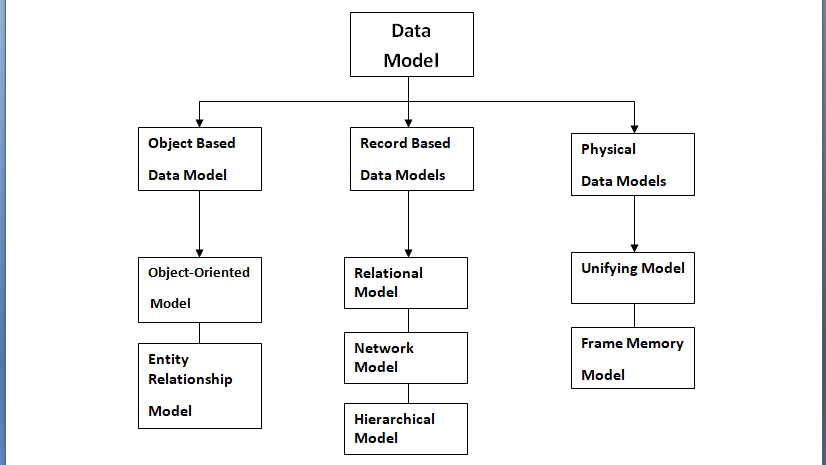
Advantage of a data model
The following are the benefits of the data model.
1. Increased effectiveness –
The data model increases the effectiveness of the database. Because the data it contains is very real, reliable and extensible.
2. Reduced costs –
We can build database applications through data models at a very low cost. For the data model, we have to spend only 10 percent of the project budget. With which we save 70 percent of the budget.
3. simplicity –
data models are designed so that there is no problem in accessing the database. Its interface is very simple so that most of them are able to use it easily.
4. Minimum redundancy –
Redundancy means “duplication of data” ie the same type of data being present in two places.
It is very harmful to have duplicate data that is stored unnecessarily in the database. The data models that are used greatly reduce redundancy.
5. data integrity –
Data models do not allow any user to access the database without the owner’s permission. Any user can access the database only when he proves his integrity.
6. In data independence –
Data-models, any data is independent of the database. Even if a change is made in data, it does not matter in the database program.
7. faster performance –
If the data model is good then the performance of the database becomes very fast. Because the database is built according to the data models.
8. Reduced errors –
DBMS has two types of errors –
1) database application error
2) data error.
The data model reduces both these errors very much and it improves the quality of the data.
9. Reduced risk –
Through the data-model, we can reduce the risks of the database. The data-model estimates the complexity of the database and analyzes the entire list of database risks.
Types of data models
The types of data models are of the following types. These are also called database models.
1. Hierarchical
2. Relational
3. Network
4. Object-oriented
5. E-R model
Hierarchical Database model
In this model, there is a parent-child relationship. In this model, each entity has only one parent and many abstract children. There is only one entity in this model that we call root.
In this model, data is organized in a tree-like structure, which has only one root. In this, the data is stored as records that are connected to each other. It was proposed in 1970.
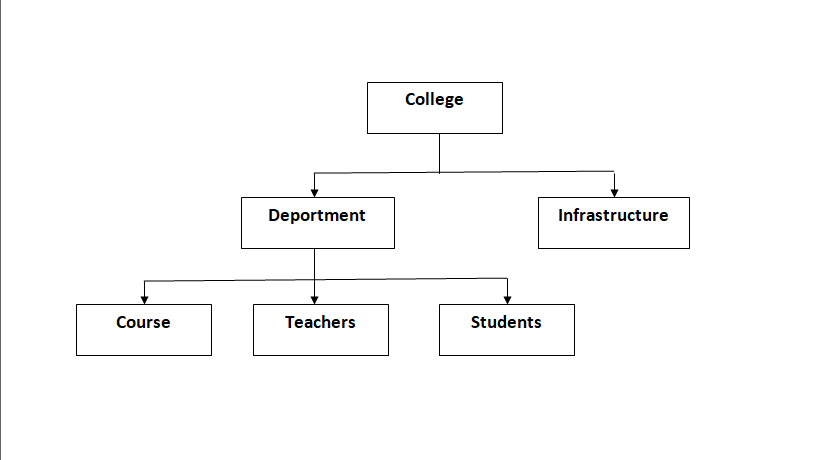
For example, in a college there are many abstract courses, many abstracts are professors and students. So college became a parent and professors and students became its child.
Advantage of the hierarchical model
• It promotes data sharing.
• There is a parent/child relationship due to which its concepts are simple.
• It provides database security.
• It takes 1 to many relationships.
A disadvantage of the hierarchical model
• It is not flexible
• It does not have a data definition and data manipulation languages.
• It requires knowledge of physical data storage for complex implementation.
• Changes in its structure require changes in all programs.
RELATIONAL Database MODEL
In this model, data is stored in relations i.e. tables and each relation has rows and columns. A relational model is a group of tables in which data and relationships are specified.
In this, the data is stored in two-dimensional tables, the tables are also called a relation. And the row of each table is called a tuple. The tuple represents the entity and the column of the table represents the attribute.
The relational model was proposed by E.F Codd in 1969 and since then this model has been used the most.
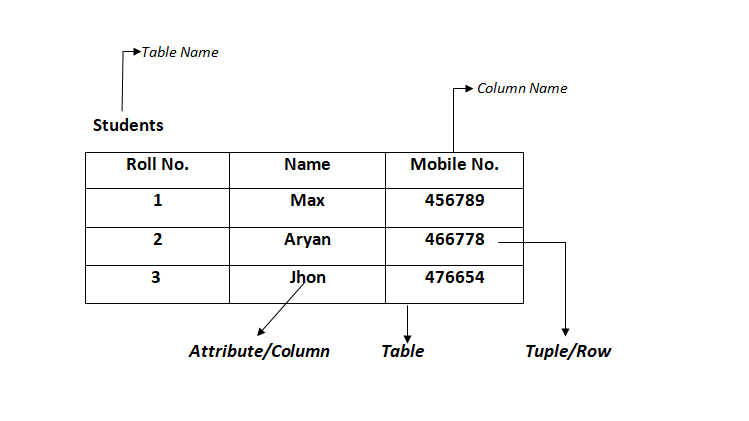
Advantage of the relational model
• It is very flexible, it can easily make any kind of change.
• In this, the data is kept in tables, so its concept is very simple.
• It provides data integrity. That is, no user can access the database without the owner’s permission.
A disadvantage of the relational model
• It requires powerful hardware computers, storage devices, and software.
• It is very easy to use but when a user stores data in it incorrectly then it becomes very bad DBMS.
• This is a very simple model, due to its simplicity, some users create their own database, causing the problem of data inconsistency, data duplication.
NETWORK DATABASE MODEL
This model is an extension of the hierarchical model.
In a network model, data is organized into graphs. And it can have more than one parent node.
That is, there is more parent/child relationship in it. And in it, some entity can access from multiple paths. So we can say that in this model we store and access the data as a network.
The network model was first used until the relational model was proposed.
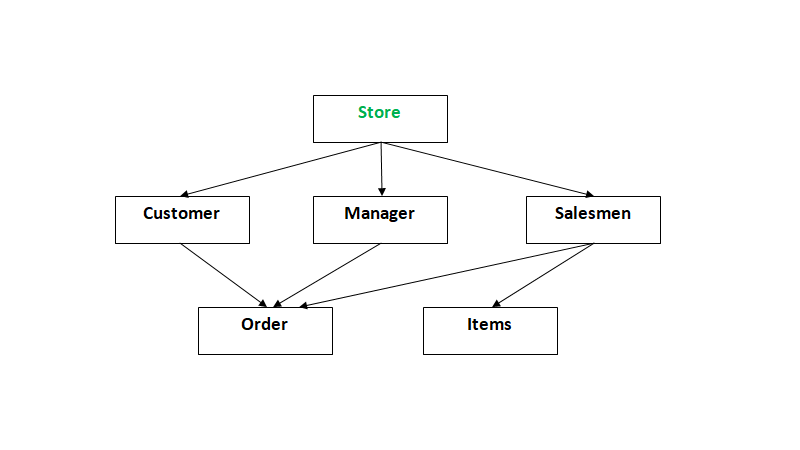
Advantage of a network model
• Its concept is as simple as the hierarchical model.
• There is more than one parent/child relationship.
• Data can be accessed easily in it.
• It provides data integrity.
• It contains a data definition language (DDL) and data manipulation language (DML).
A disadvantage of the network model
• Its database structure is very complex (difficult) because all the records in it are maintained using pointers.
• Changes in its structure require changes in all programs.
OBJECT-ORIENTED DATABASE MODEL
In an object-oriented model, information or data is displayed as an object and these objects store the value in the instance variable.
In this model, object-oriented programming images are used.
This model works with object-oriented programming languages like – python, java, VB.net, and Perl, etc. It was constructed in the 1980s.
Advantage of the object-oriented model
• Semantic content can be put in it.
• It supports inheritance which increases data integrity.
• It improves performance.
A disadvantage of the object-oriented model
• It requires a powerful system due to which the transaction is very slow.
• It is a very complex model.
• To use it, one has to learn it first.
• There is very little security in it.
E-R MODEL
The full name of the E-R model is the entity-relationship model. It is a graphical approach to database design. That is, the database is designed by diagram and visual representation in it.
It uses entity/relationship to display real-world objects.
Entity –
In the ER model, an entity is a real-world object. The properties of entities are called attributes.
For example, a student is an entity in the database of SCHOOL.
Relationship –
The association between entities is called a relationship. The mapping cordialities define the very essence association-
• one to one
• one to many
• many to one
• many to many
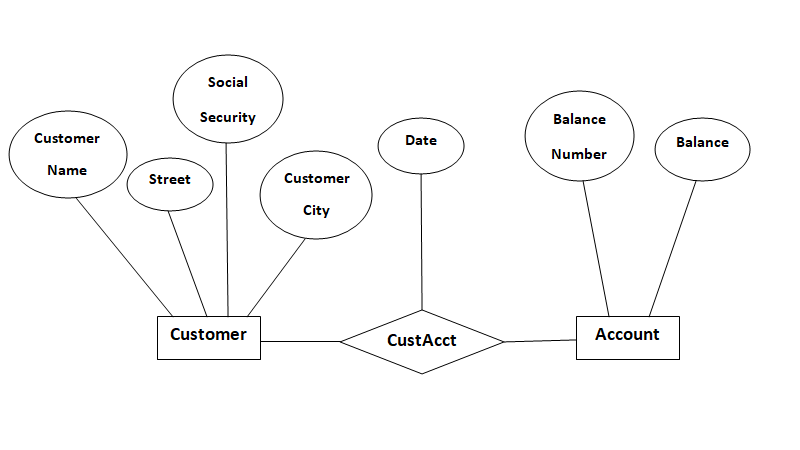
Advantage of the E-R model
• The E-R model is very simple if we know the relationship between entities and attributes.
• This model is presented as a diagram. With which we can understand easily.
• There is no data manipulation.
• Its design is of a high level.